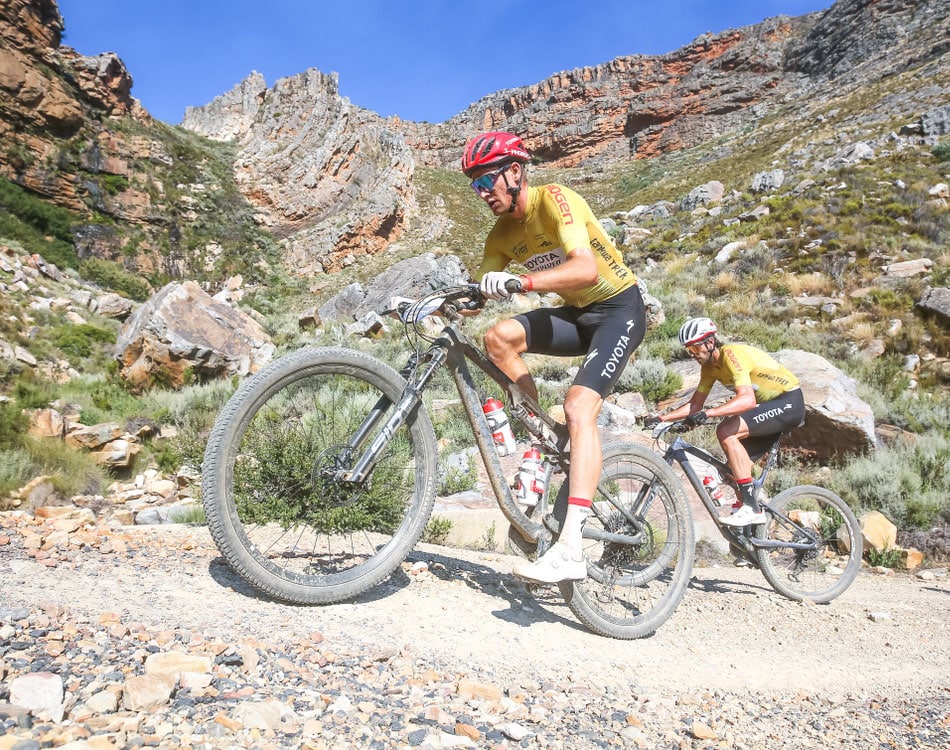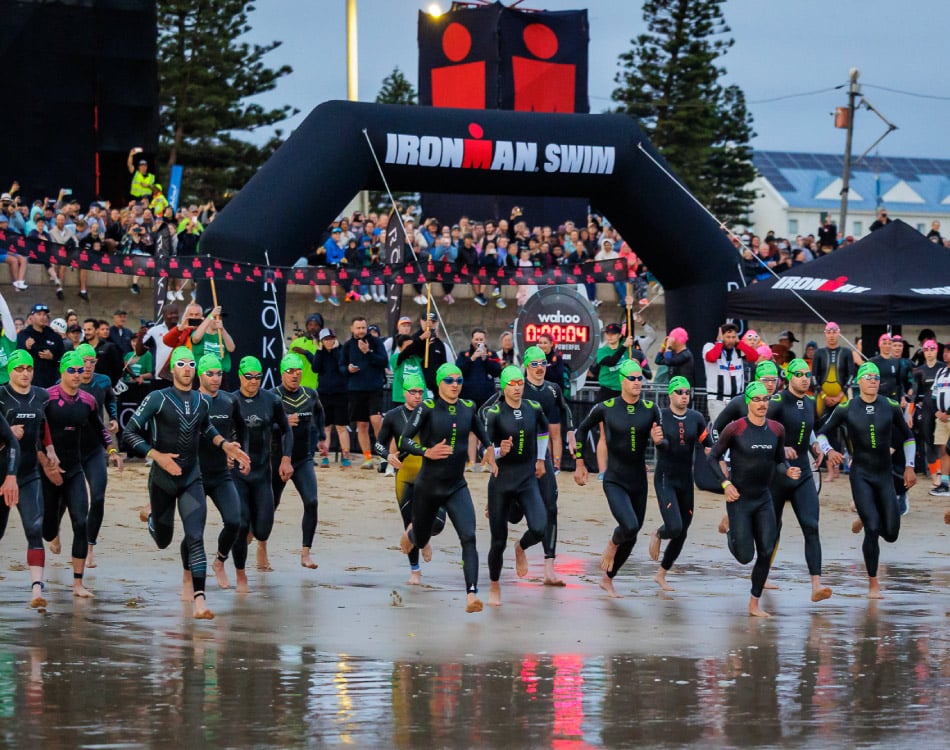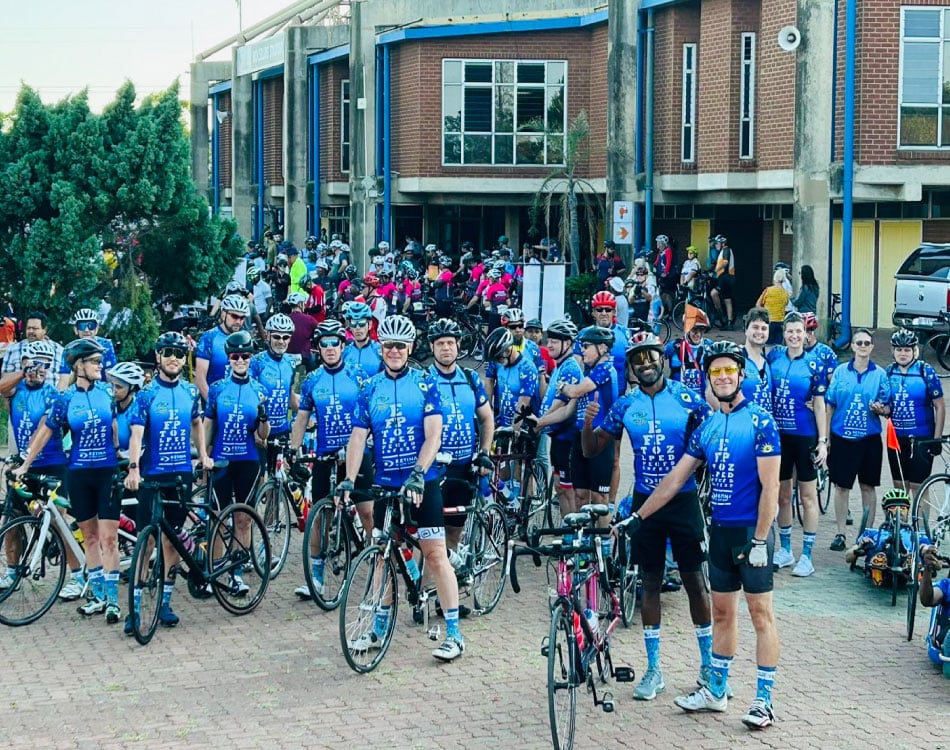Building the capacity to mentally endure the hard training and the suffer fest that comes when racing all-out is one the most important tools that any endurance athlete has at their disposal to boost their performance.
Here are 3 practical ways of improving your ability to tolerate discomfort and pain, none of which require extreme forms of self-harm, like walking on hot coals, as many incorrectly believe.
READ MORE | Time For Endurance Athletes To Focus On Often Neglected Areas
-
Dissociate
Dissociation is a well documented mental tool used by elite athletes to overcome suffering and perform, despite often intolerable levels of perceived exertion and pain. This is basically a diversionary technique that lowers your perception of effort.
It is normally achieved by diverting your mind away from sensations of fatigue, discomfort or pain, which could include a shift in focus to the scenery, thinking of family or loved ones, or tuning in to the shouts of encouragement from supporters or training partners.
This tactic may even suppress negative emotions such as tension, depression and anger.
-
Start hard, end easy
A study1 published in April 2016 in the Journal of Sport & Exercise Psychology demonstrated how the memory of our last training effort impacted the post-exercise, remembered, and forecasted pleasure of subsequent exercise.
What the researchers found was that our willingness to train hard at subsequent training sessions is, in large part, determined by our “remembered pleasure” of the previous session.
In the study, participants in the group who started slowly and progressed to an unpleasant level of exertion at the end of a 15-minute recumbent cycling workout, regardless of the total work they performed, were less willing to exercise again than those who started fast and gradually eased up at the end of the session, and this effect was still measurable a week after the test was concluded in the group the ended with a hard effort.
The other approach – ending a hard training session with an easy effort – improved the perception of effort during the entire session.
The researchers said that: “Ramping intensity down, thereby eliciting a positive slope of pleasure during exercise, improved postexercise pleasure and enjoyment, remembered pleasure, and forecasted pleasure” and, therefore, suggested that “ramping intensity down makes it possible to combine exposure to vigorous and moderate intensities with a pleasant affective experience.”
-
Relax
Relaxation exercises and meditation, even while training or racing, help athletes to focus, not just concentrate, on the task at hand.
By entering a state of almost Zen-like meditation you can elevate mood, distract your mind from the physical sensations being experienced, and it may even help to remove these mental stressors from your consciousness.
This enables athletes to get deeper into ‘the zone’ – a mental state where your subconscious mind is free to act without inhibition to reach that state of flow that so many athletes talk about.
And it is in this state when you can unleash more of your physical capacity, because you’re free from the psychological limitations our conscious mind often imposes on our bodies.
Faced with these facts, it is clear that we can exercise our psychological strength, much like we can enhance our physical traits of strength or endurance through training, to develop the capacity to suffer and endure from a mental standpoint.
References:
-
Can You Have Your Vigorous Exercise and Enjoy It Too? Ramping Intensity Down Increases Postexercise, Remembered, and Forecasted Pleasure. Journal of Sport and Exercise Psychology, April 2016. 38(2):149-159. DOI:10.1123/jsep.2015-0286













